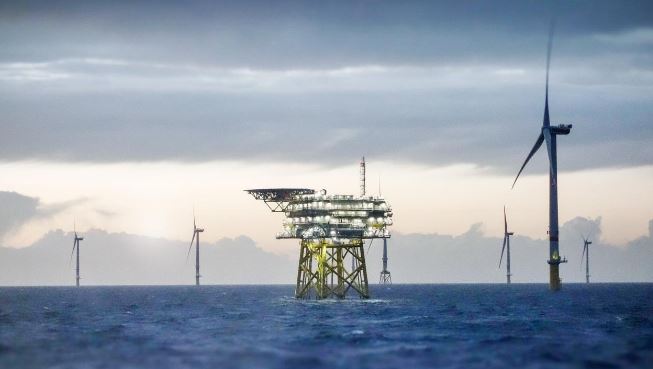Methods of Managing Corrosion in 3CR12 Based Offshore Structures: A Comprehensive Study (2022)
This dissertation examines the use of 3CR12 steel as a corrosion control method in various applications, including offshore wind structures, ship hulls, marine offshore structures, jetties, and wharfs. It aims to replace the previously used carbon steel due to the significant issues of fatigue and corrosion associated with it. Corrosion degrades essential structure and material properties like gas and liquid permeability, appearance, and strength. Therefore, the substitution of carbon steel with 3CR12 is crucial, not only for offshore structures but also for other applications such as automobiles, trains, ships, tools, infrastructure, weapons, and buildings, owing to its benefits of abrasion resistance, corrosion resistance, and strength.
The key properties of seawater that contribute to offshore structure corrosion include the presence of biological life, organic compounds like spilled oil, and soluble gases such as carbon dioxide and oxygen, which are especially important in the corrosion process. Additionally, factors such as relatively high pH, high electrical conductivity, and a high concentration of salt, like sodium chloride, play significant roles. To protect offshore structures, marine asset owners invest significant sums in applying protective coatings.
The analysis confirms that structures made with 3CR12 increase the overall weight of offshore structures and raise construction costs. However, these immediate challenges do not outweigh the long-term benefits of 3CR12, such as extended lifespan and reduced maintenance and corrosion protection. Therefore, replacing carbon steel with 3CR12 in structural components and all other offshore structures in various marine conditions worldwide is highly effective as a corrosion protection measure.
- 14,000 words – 54 pages in length
- Excellent use of literature
- Good analysis of subject area
- Well written throughout
- Ideal for civil engineering students
1 – Introduction
2 – Literature Review
Offshore Structures
Structural Design of Offshore Structures
Current Maintenance of Offshore Structures
Corrosion of Offshore Structures
Current Forms of Corrosion in Offshore Structures
Microbially Influenced Corrosion in Offshore Structures
General or Uniform Corrosion in Offshore Structures
Galvanic Corrosion in Offshore Structures
Corrosion Protection of Offshore Structures
Coating of Offshore Structures
Cathodic Protection of Offshore Structures
Monitoring or Inspection Systems of Offshore Structure
Effects of Corrosion on Offshore Structures
Fatigue of Offshore Structures
Cost
Proposed 3CR12 in Offshore Structures
Properties of 3CR12 Important in Offshore Structures
Weldability
Machining
Corrosion Resistance
Atmospheric Corrosion
Forming
Important Applications of Proposed 3CR12
3CR12 Concrete Reinforcement
3CR12 Steel in Transportation and Processing of Coal
3CR12 Steel in Tabular Frames of Buses
3 – Results
Comparison between 3CR12 Structures and Carbon Steel Structures
4 – Discussion
Implementation of 3CR12 in Offshore Structures
Determining Structural Specifications
Structure Design
Fabrication of 3CR12 Based Structural Components
Work Hardening
Machining
Welding
Soft Soldering
Offshore Structure Installation
Finishing of the 3CR12 Based Offshore Structure
Engineering Challenges and Solutions of Switching to 3CR12
Difficulty in Underwater Installation
Difficulty in Seabed Excavation
Stoppage of Operations
Difficulty in Matching the Exact Specifications of Initial Structure Design
Structural Mass of 3CR12-Based Offshore Structures
Construction Cost of 3CR12-Based Offshore Structures
The Lifespan of 3CR12-Based Offshore Structures
Maintenance and Corrosion Protection of 3CR12-Based Offshore Structures
5 – Conclusion
6 – Recommendation
References
Appendix
Factors decreasing or increasing cost of corrosion
Elements of Corrosion Cost
Defect Classifications in Steel Structures
Mechanical and Chemical Properties of 3CR12

